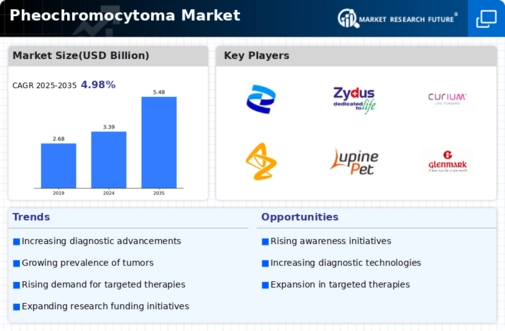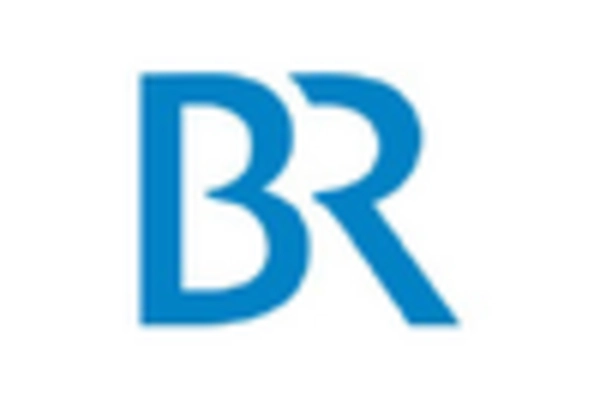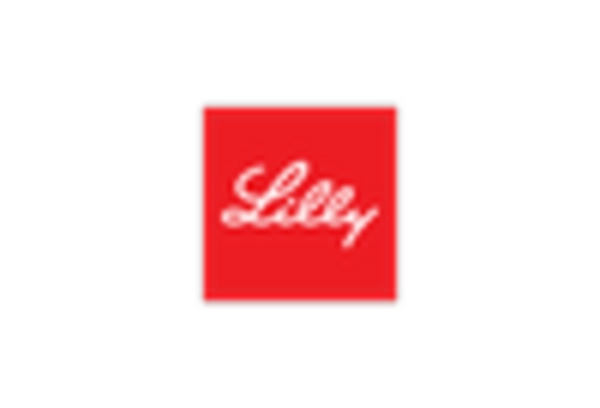Market Share
Pheochromocytoma Market Share Analysis
The PHEOCHROMOCYTOMA market, characterized by its rare nature and critical medical implications, demands nuanced strategies for effective market share positioning. Companies operating in this space employ a combination of targeted approaches to address the unique challenges associated with the diagnosis and treatment of pheochromocytoma. Due to the great number of nuances involved in pheochromocytoma diagnostic, companies devote efforts to produce innovative diagnostic tools and tests. An accurate and early detection provided by advanced imaging technologies, genetic testing, and biomarker identification makes the company’s position on the market even stronger. In order to progress knowledge and treatment modalities for pheochromocytoma, strategic partnerships with research institutes and academic institutions are essential. This results to clinical trials, advanced in research, novel technology innovations which in turn makes the company a market leader. As the number of such cases as pheochromocytoma is quite low, they invest in educational initiatives primarily for healthcare personnel. Without provisioning the required training to outline the latest diagnostics, treatment, and emerging developments of pheochromocytoma, the widespread of the market adoption is hindered. A reaching out on pheochromocytoma at a global level is very significant for market positioning. Awareness campaigns frequenting organizations diverge through diverse channels and educate both health professionals and the layman on the signs, diagnosis, and treatment measures available. As the awareness increases, the detection can be done way ahead of the time to allow the effective treatment which will positively affect market share. Companies emphasize introducing new high technologies into the phlo chromocytoma treatment options. These are in form of robotic assisted addition, target therapies, and minimally invasive procedures that aces good results among patients and bring healthcare specialists who are looking for advanced solutions. The specificity of pheochromocytoma therapeutic approaches may require individualized pricing tactics. Companies thus evaluate the value proposition of their therapies in a cautious manner choosing to price their products so that they reflect the rarity of the condition and are both reasonable and valuable to the patient. Healthcare industry is highly regulated; therefore, companies devote a lot of their time to engaging the regulatory bodies. Participation in regulatory framework, not only in terms of compliance but as a contributor to the stipulations, improves the company’s integrity and builds trust in healthcare organizations. This, in turn, increases market share. Medical studies are almost impossible to keep a constant pace but the investment by the firms is required to be made continuously, due to the nature of medical research. Continued research toward novel treatment avenues, determining biological markers and perfecting current technologies exhibit a pursuit of innovation that ensures the company’s competitiveness with emerging trends in managing pheochromocytoma.
Collaborating with patient advocacy groups and organizations dedicated to rare diseases strengthens a company's market positioning. Partnering with these entities not only supports patient education and awareness initiatives but also fosters a positive perception among the patient community, potentially influencing treatment decisions and market share.


















Leave a Comment